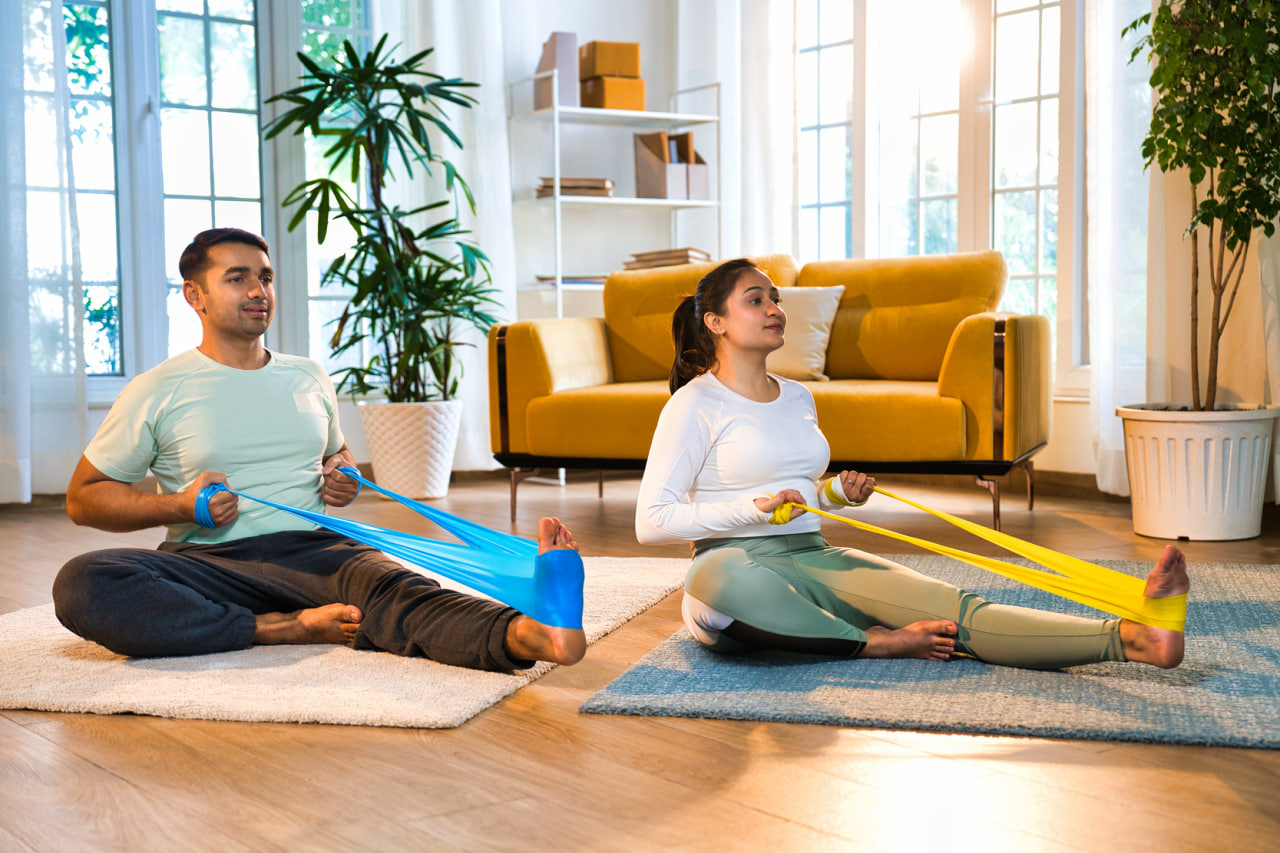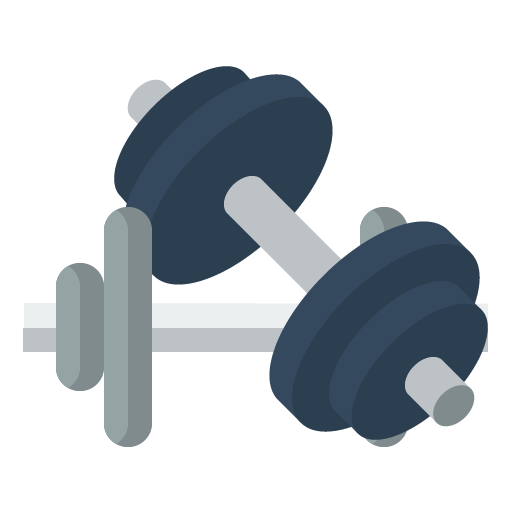Effective 20-Minute Workouts for Busy Schedules

The Importance of Short, Focused Workouts
Finding time for fitness can be a challenge, especially with busy workdays, family responsibilities, and social commitments. Short, high-impact workouts are an effective solution for maintaining physical health without requiring hours in the gym. A 20-minute session, when planned correctly, can improve cardiovascular fitness, build strength, enhance flexibility, and boost mood.
The key to an effective short workout lies in intensity, focus, and exercise selection. By prioritizing compound movements that engage multiple muscle groups, it’s possible to maximize results in minimal time. Short workouts also reduce the risk of burnout, increase adherence, and make fitness accessible for anyone, regardless of schedule.
Structuring a 20-Minute Workout
An effective 20-minute routine typically combines warm-up, main exercises, and a brief cooldown. Warming up for 2–3 minutes prepares muscles and joints for movement, reduces injury risk, and increases heart rate. Simple dynamic stretches, bodyweight movements, or light cardio are sufficient to prime the body.
The main workout should focus on compound exercises or circuits that target multiple areas simultaneously. For example, squats with overhead presses, lunges with bicep curls, or push-ups combined with plank variations engage both upper and lower body while also challenging the core. Structuring exercises in a circuit format with minimal rest between sets maintains intensity and keeps the heart rate elevated.
Cooldown and stretching for the final 2–3 minutes help prevent muscle stiffness, improve flexibility, and facilitate recovery. Even brief attention to mobility enhances overall performance and long-term injury prevention.
High-Intensity Interval Training (HIIT)
HIIT is particularly effective for short workouts because it alternates periods of high-intensity effort with brief recovery. A 20-minute HIIT session can burn calories, improve cardiovascular endurance, and stimulate muscle growth in a fraction of the time compared to traditional steady-state exercise.
For example, a HIIT circuit may include 40 seconds of jumping jacks, followed by 20 seconds of rest, then 40 seconds of push-ups, and 20 seconds of rest, continuing through multiple exercises. The short bursts of intensity maximize calorie burn, while the quick transitions keep the session compact and efficient. HIIT can be adapted for all fitness levels by modifying the intensity, duration, or type of exercise.
Strength-Focused 20-Minute Sessions
Building strength does not always require long gym sessions or heavy equipment. Bodyweight exercises and minimal tools like resistance bands or dumbbells are highly effective for short strength workouts.
A 20-minute strength session could include exercises such as squats, push-ups, plank variations, and glute bridges performed in sets or circuits. Focus on controlled movements, proper form, and engaging the core with every repetition. Alternating upper and lower body exercises ensures balanced development and maintains intensity without excessive fatigue.
Strength-based short workouts improve muscle tone, support metabolism, enhance posture, and reduce the risk of injury by strengthening stabilizing muscles.
Incorporating Cardio into Short Workouts
Even a brief 20-minute session can include cardio to boost heart health and energy levels. Cardio can be achieved through bodyweight movements, such as high knees, mountain climbers, burpees, or jump squats. Performing these exercises in quick sequences or circuits elevates heart rate and stimulates fat burning.
Cardio intervals can also be combined with strength exercises for a total-body approach. For instance, alternating 1 minute of squats with 1 minute of jump rope or burpees keeps the session dynamic, challenging both endurance and muscular strength. Short bursts of cardio increase stamina, improve cardiovascular function, and provide an efficient energy expenditure without taking hours to complete.
Flexibility and Mobility in Quick Workouts
Even in a time-limited session, it is essential to include elements of flexibility and mobility. Short stretches or yoga-inspired movements can improve joint health, prevent tightness, and support recovery from intense exercise.
Incorporating movements like hip openers, spinal twists, shoulder stretches, and hamstring stretches during cooldown enhances functional flexibility. Over time, these small but consistent mobility efforts contribute to better range of motion, posture, and performance in both daily activities and more intensive workouts.
Tips for Consistency With Short Workouts
Consistency is more important than duration when it comes to fitness results. A 20-minute session done regularly can produce significant improvements over time. Scheduling workouts at the same time each day, creating a dedicated workout space at home, and minimizing distractions improve adherence and effectiveness.
Tracking progress, such as increasing repetitions, intensity, or resistance, provides motivation and a sense of accomplishment. Short workouts also reduce mental barriers; knowing that only 20 minutes are required makes it easier to stay committed, even on the busiest days.
Adapting Workouts for All Fitness Levels
20-minute workouts can be modified to suit beginners, intermediate, and advanced participants. Beginners may start with lower-intensity movements, longer rest periods, or fewer circuits, while advanced individuals can increase intensity, reduce rest, or add weighted exercises.
Flexibility in adapting exercises ensures that short workouts remain challenging yet manageable, preventing injury and promoting long-term fitness progression. The adaptability of brief, focused sessions makes them suitable for virtually anyone, regardless of prior experience or current fitness level.
Making the Most of Minimal Equipment
One of the advantages of 20-minute home workouts is that they require little to no equipment. Bodyweight exercises alone can be highly effective, but minimal tools like resistance bands, dumbbells, or stability balls can enhance intensity and variety.
Using small equipment allows for resistance progression, targets different muscle groups, and keeps workouts interesting. Even a single pair of dumbbells can provide the resistance needed for a full-body workout, while resistance bands add variety to mobility and strength exercises without taking up much space.
Integrating Short Workouts Into Daily Life
Short workouts are ideal for busy schedules because they are flexible and easy to integrate. They can be completed in the morning, during a lunch break, or in the evening. Even spacing a few short sessions throughout the day can have cumulative benefits.
